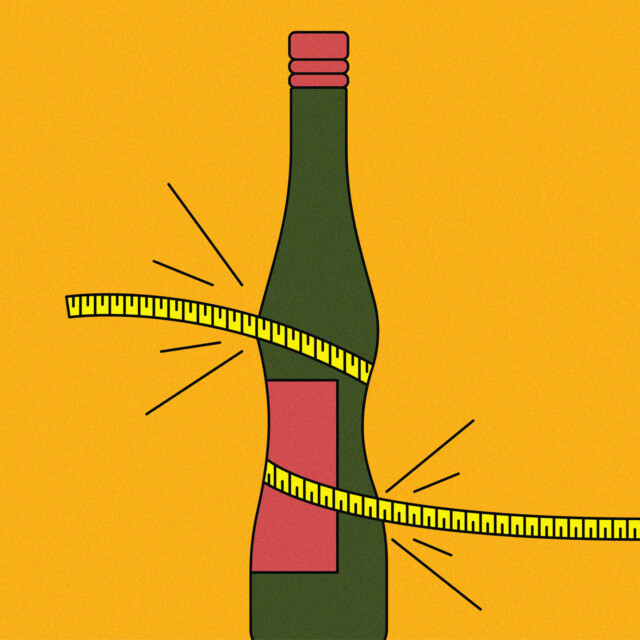There’s nothing wrong with the classic marquee wines of the world. If they paraded down a Hollywood red carpet today, it’d be an undeniable lineup of traditional greatness. Napa Cabernet? That’s your Harrison Ford. Burgundy? Definitely Meryl Streep. Tuscan red? Anthony Hopkins and his plate of fava beans, of course.
But while so much of the preening consumer-to-consumer social media universe is busy posting paparazzi shots of that strutting Opus One or regal Richebourg some maligned expense account had to absorb, the pros often have their eyes fixed on an equally great — yet infinitely more affordable — quarry.
Tall skinny bottles and the aromatic white wines usually contained therein are the underappreciated, unconventional geniuses that deliver those sizzling performances that are impossible to forget. They’re the Walton Goggins and CCH Pounder of the wine world. The ones that instantly own every scene in which they appear — all while fitting seamlessly into context. Unparalleled in expressiveness, easy to work with, and beloved among wine professionals, these bottles are frequently cited within the trade as the industry’s true darlings.
Still, global acreage of Riesling is only around 136,000 of over 18 million acres of total wine grape area (in contrast, Chardonnay has 519,000), making even the aromatic king substantially less than 1 percent of total winegrowing acreage. It seems a certain slice of the “civilian” wine drinking demographic is rigidly resistant to the idea of aromatic white wine greatness.
However, these insider treasures offer unrivaled value for sommeliers around the globe. Professional enthusiasm for the style — and the desire to bring guests into the fold — continues to fuel a spirited and constant refrain.
Tonya Pitts
Wine Director/Sommelier, One Market
San Francisco
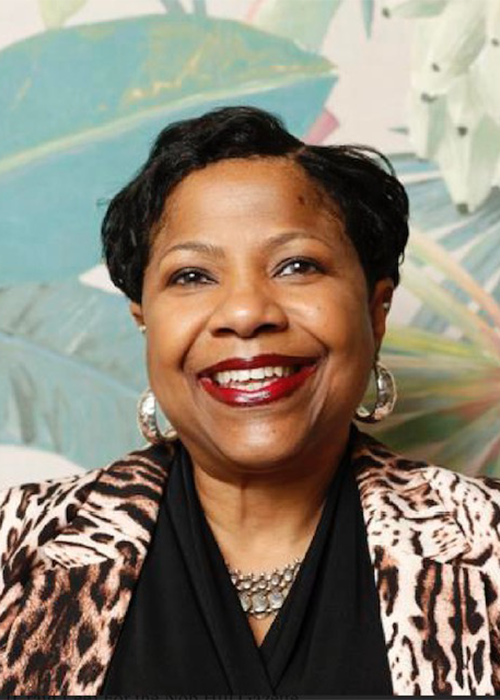
The love that Tonya Pitts exudes for tall skinny bottles has evolved into a focused example of wine program excellence — a “secret menu” of sorts for those diners willing to reach beyond her highlight reel of fine Chardonnay and Sauvignon Blanc. “[They’re] all about texture, flavor profile, [and] they are not the usual suspects for my palate,” Pitts says. “It’s exciting. Then, there is versatility with food pairings.”
It remains uncommon — especially outside the category’s traditional homeland of central Europe — to find wine lists boasting such an exacting and purposeful offering of aromatic whites. When asked how she’s developed the section and following, Pitts explains that it’s all about giving a free splash to guests. “I encourage my floor staff and bar staff to offer a taste of the wines to guests,” she says. “It’s great to offer these expressions by the glass.” It’s almost as if some consumers need to be given permission to enjoy these wines. If a pro says, “Trust me, you’ll love it,” the guest is far more likely to lower their guard and embrace the experience.
“There are so many regions which I feature and love,” Pitts says, “Northern Italy, Vinho Verde, Clare Valley for the price points, lifted aromatics, salinity, and minerality.” It’s true that price can frequently set the hook. And when a professional is downselling, smarter guests should jump at the opportunity. Instead of pitching another expensive Chardonnay to capture a bigger sale, they’re intentionally sharing something special and unique for much less.
Pedro Ramos
Head Sommelier, Feitoria
Lisbon (Belém)
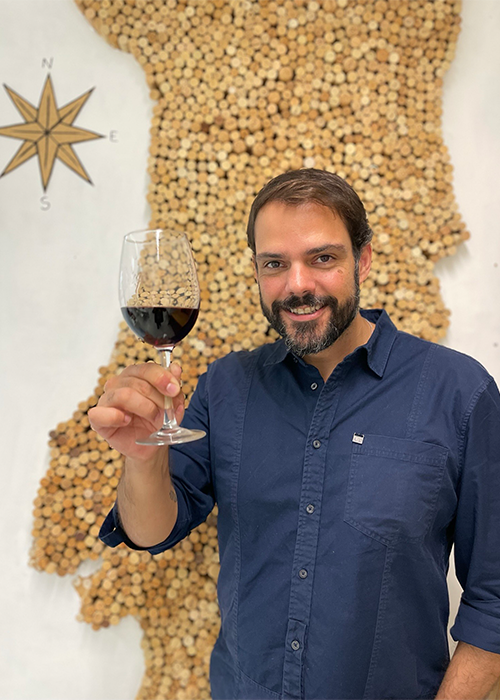
Pedro Ramos’s professional calling card is contagious joy, and the aromatic whites category is an obvious subject of his adoration. Like anyone obsessed with these wines, it all began with a moment of revelation. “When I first started tasting, I recall having a flight of six different white wines. Then I picked the most aromatic one as my favorite,” he says. “It stood out more from the others. All else seemed the same to me.”
This elucidation also exposes the other side of the coin, though. These wines are assertive, and one of the primary challenges they face is the very fact that they are different. Their expressions exist outside what Ramos calls the “go-to loop of the same French regions.”
When asked how to break down that wall, his answer echoes that of Pitts. “My best weapon is my wine pairing for our tasting menu,” Ramos says. And when it comes to Alvarinho and Loureiro, he feels a particular responsibility. They’re a “total birthright” for the Portuguese and Galicians, but most of his guests are foreign. “I’m in charge of teaching them about it,” he says, “[and] if they become more expensive … then that’s the pure reflection of their success.”
He also admits that a sexist aversion to aromatic whites stubbornly remains among certain clientele. “[It] saddens me,” Ramos laments. “Unfortunately in some situations we have to ‘go with the flow’ in order to avoid any confrontation.” But if he’s on his own time, Ramos is more than prepared to stand his ground. “Stop being a fool! Wine doesn’t know gender, neither do your taste buds,” he says.
Willi Schlögl
Co-Owner, Freundschaft
Berlin
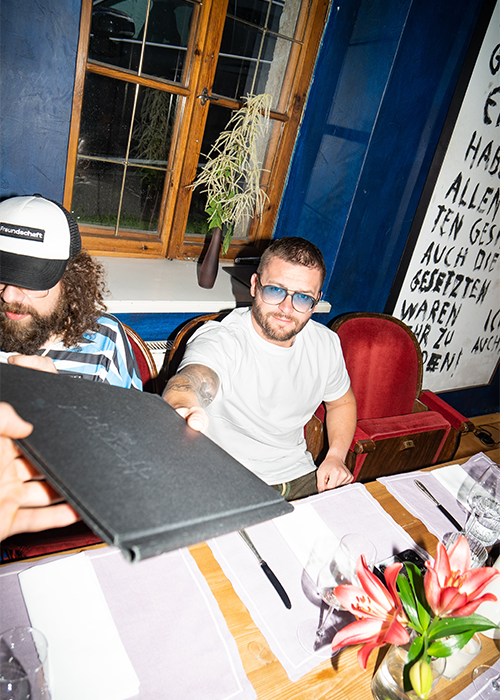
In the homeland of the tall skinny bottles, Willi Schlögl worships at the altar of the Riesling gods. To clarify, he’s not obsessed with all aromatic white wines, and finds that certain examples aren’t always his cup of tea. “The fascination with wines” he says, “is deeply rooted in the idea that they can authentically reflect the terroir and craftsmanship of the winemaker. … [Riesling] can combine both aroma and terroir exceptionally well.”
When pressed on his misgivings regarding Riesling’s aromatic siblings, Schlögl doesn’t mince words. “I sometimes find these aromatic wines too overt,” he explains. It’s a reasonable point. While still assertive, there’s a particular savory element within a good Riesling that roots it to the center of the earth and defies description. Attempting to do so often feels like hurling darts at a fly. Terms like “petrol,” “mineral,” and “slate,” are usually bandied about to some effect, but Riesling’s mysterious perfume can never be fully defined with words.
Schlögl also agrees that, to an extent, certain wine professionals view tall skinny bottles as an insider secret — and they wouldn’t mind keeping it that way. “There could indeed be some hesitation in promoting these wines too vigorously to keep their prices affordable,” he says. “This is a valid concern, as we’ve seen how demand for certain wines has driven prices upward.” With top-tier Bordeaux, Burgundy, Napa, and the like all testing the boundary of space with their current pricing, there’s a disconcerting fear that the industry’s insider-cherished aromatic white wines may someday follow suit.
Camille Lindsley
Beverage Director/Owner, HAGS
NYC

“They scratch a lot of itches beverage professionals seek in a wine: balanced, easy to drink yet complex, and frequently undervalued.”
Camille Lindsley seems particularly adept at excising conventional pretension from elegance and sophistication. Her wine program at HAGS is a lesson in esoteric exploration grounded by classics — with cuisine-appropriateness always the guiding star. “[Aromatic whites] are so deft with food,” she says. “Our chef, Telly Justice, focuses more on seafood or vegetables — we also have an entirely vegan tasting menu — and these wines are great bedfellows with those dishes.”
Lindsley’s introductory tactic is similar to that of Pitts and Ramos: Just get it in front of the guest. “I think as somms we can give these wines a little too much of a preamble. Just find a low-stakes way to get it in someone’s glass,” she says. “See what they think, and if they like it, then have the conversation of what’s so special and enjoyable about these wines.” It’s a brilliant move to circumvent any insecurity. Guests are often unfamiliar with many of these wines — or have entrenched misconceptions about them. “Most people are afraid … so they stick with the tried and true,” Lindsley says.
The adjacent hurdle is that same genderization of tall skinny bottles alluded to by Ramos — and the “femininity” of aromatic white wines still makes some men hesitate. “I’m not sure if drinking more aromatic white wines will make men feel more secure in their gender expression,” Lindsley says, “but at least it might be something they enjoy drinking if they give it a shot!”
Florian Jambor
Sommelier, Heunisch & Erben
Vienna
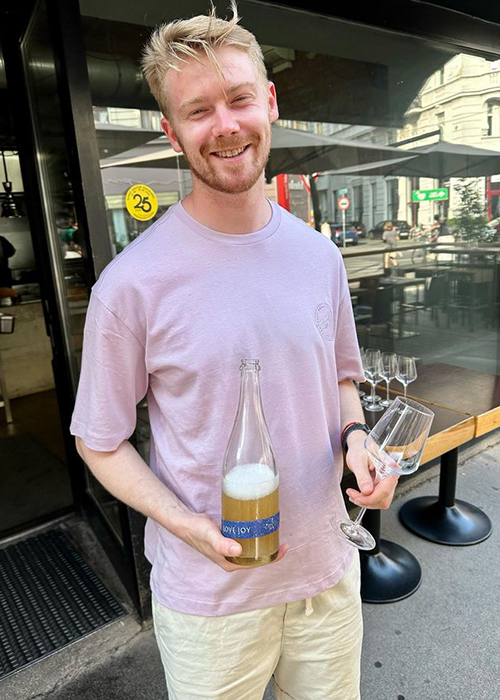
“Alsace is really overlooked. There is such a vast diversity in soils, styles, and producers in every price category that should be talked about more.”
Like many professionals who grew up in the central European cradle of tall skinny bottles, Florian Jambor cut his teeth on these wines. “Sommeliers like me coming from Austria are introduced to aromatic varieties like Riesling at a very early stage in our careers,” he says. This illustrates a disconnect between wine consumers from his home turf and those from other countries not accustomed to the category from the get-go. As opposed to somewhere like North America, these wines are flourishing in places such as Austria and Germany and awash in adulation.
“Demand is rising rather than declining,” Jambor adds. “What is helping right now is that more and more young people get into wine early and often through ‘natural wine.’” With milder climates and high acid — and therefore stabler chemistry — these aromatic white varieties in their native environment are far more forgiving than most when approached with a strict minimal-intervention philosophy.
Whether or not certain wine drinkers embrace the much-hyped “natural wine” movement with feverish loyalty — or reject its somewhat flawed dogma outright — is beside the point. These tall skinny renditions are attracting legions of new wine enthusiasts. “[These] regions really do things differently now, and they make it more exciting for us, too,” Jambor says.
They’ve become a gateway for wine exploration among a younger generation. And for producers of all stripes across the globe, that is welcome news indeed.
*Image retrieved from barmalini via stock.adobe.com
